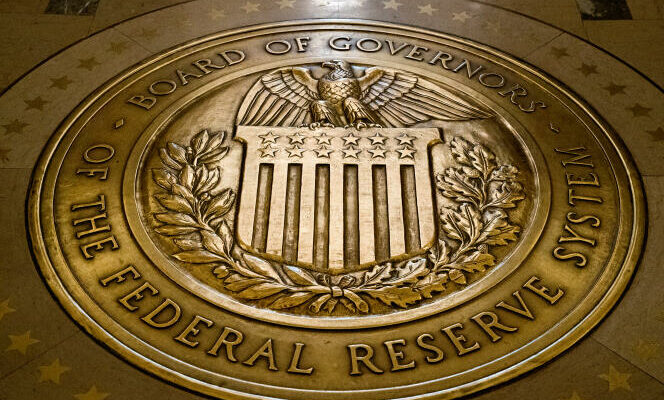When Wall Street goes, everything goes. In the fall of 2023, Americans were panicking: interest rates were rising above 5% for the first time since 2007 while the public deficit was out of control, rising to $1,695 billion (1 573 billion euros), or 6.3% of gross domestic product (GDP), for the financial year ending September 30, 2023. To the point that Olivier Blanchard, neo-Keynesian and former director general of the International Monetary Fund (IMF), alerted to a possible ” blast “ debt.
Then interest rates gradually eased thanks to the decline in inflation, falling to around 4.1%. And the stock market soared: the S&P 500 index, which represents large companies, has gained 20% since the low in October 2023. Since then, the cost of debt has fallen again, tax revenues have started to rise again. thanks to stock market gains. Result: the deficit should fall to $1.6 trillion for the fiscal year ending September 30, 2024, according to the latest Congressional forecasts.
Yet, “this is not sustainable, recalled Jerome Powell, Chairman of the US Federal Reserve, on CBS, February 3. We know we need to get back on a sustainable fiscal path. You are now starting to hear from people among the elected [des deux partis, démocrate comme républicain] who can make this happen. It’s time we get back to focusing on this topic.”.
The statement is not accurate. The two candidates for the presidential election, Donald Trump and Joe Biden, have widened the deficit, through tax cuts for the first, and through social spending for the second. After explaining that he was the president of the United States who reduced the budget deficit the most, Joe Biden doubled it between 2022 and 2023, while the debt reached 34.15 trillion dollars. Candidate Donald Trump is not talking about reducing the deficit.
Reduce health-related expenses
According to IMF projections, public debt amounted to 120% of GDP in 2022, and is expected to rise to 135% of GDP in 2025, a record, due in particular to soaring loan interests. As Adam Posen, president of the Peterson Institute, explains, there are fairly simple levers to reduce public spending. Slow down retirement spending, first, by lifting the cap on contributions and pushing back the retirement age a little. Then reduce those devoted to health, twice as high as those of the developed country average, and half financed by the public sector. At a time of international geopolitical tensions and the growing risk of conflict with China around Taiwan, reducing immense military spending, however, seems improbable.
You have 38.18% of this article left to read. The rest is reserved for subscribers.
